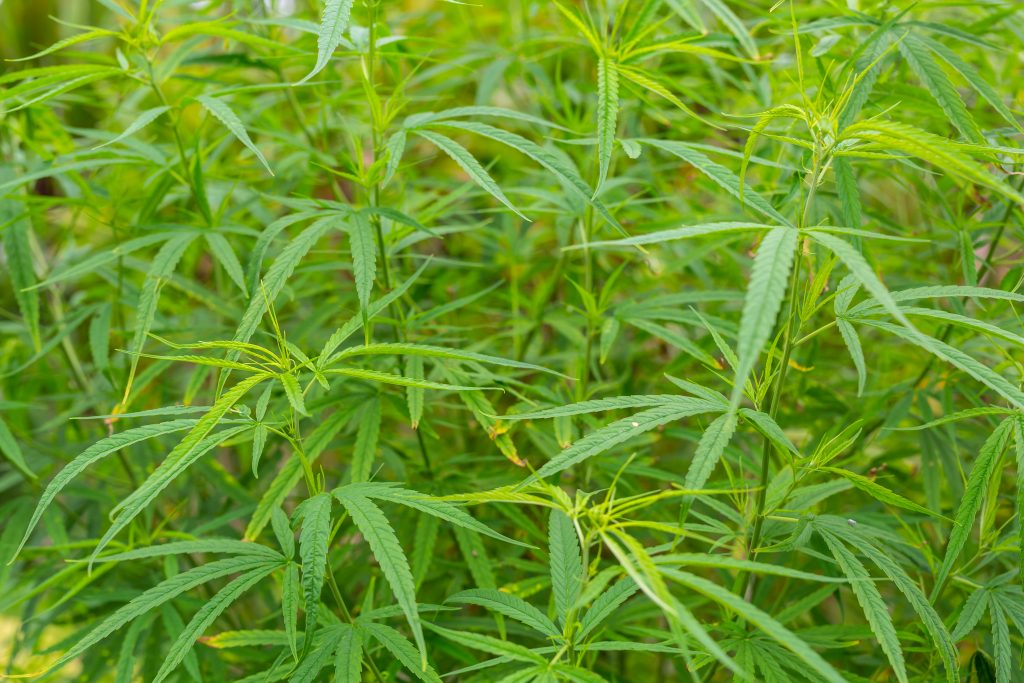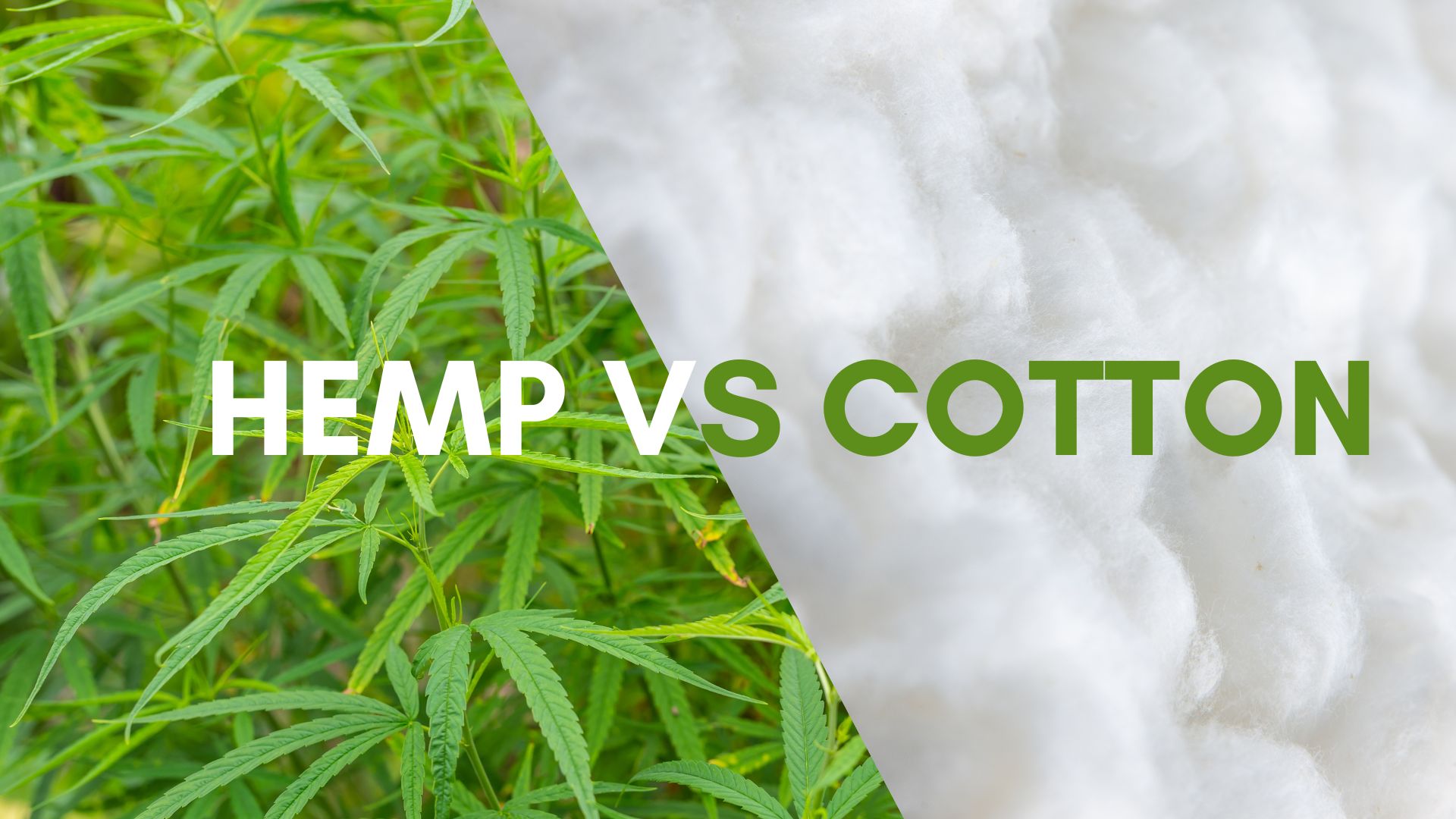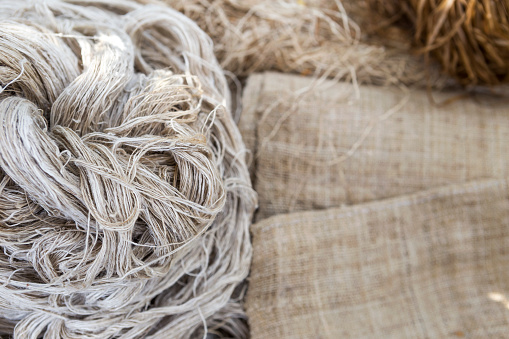While cotton has been in use since the dawn of civilization, hemp is still a newcomer in the industry. And yet, it has managed to outsmart most natural fibres used in the textile market, including natural cotton. Both these materials have several benefits for which they are used a lot in making apparel. However, it should be noted here that hemp and cotton are different on many levels, including thread count, quality and durability, and environmental impact.
Hemp and Cotton: A brief overview.
Both hemp and cotton are natural fibres obtained from the respective plants. Hemp can be grown in versatile geographical conditions, including soil that has been infertile for a long time. Furthermore, the use of fertilizers and pesticides isn’t much for growing hemp because the plant is highly immune to most pests in agricultural lands. Hemp plant ideally takes less than a year to grow to their fullest height and after which harvesting can be done to obtain the fibre.
Cotton, on the other hand, can be grown only in black soil found in certain parts of India. It requires intense care on the agricultural lands for the cotton buds to have the fibre of the highest quality. Also, it should be noted that the environmental conditions need to be suitable for cotton to grow well otherwise the fibres inside will be tough and cannot be converted into fabric yarn.
Pros and cons of cotton fibre in the textile industry.

Pros:
- Cotton is known to have high visibility, which is why it is often used to make summer clothes.
- Since the fibre is produced in large quantities, the cost is comparatively cheaper than other natural fabrics like silk and muslin.
- Cotton is grown organically in nature, which is why it is safe for the skin and even prevents several types of dermal diseases.
- Cotton has a higher degree of softness, which is why clothes made from this particular fabric can be worn at any time and for any purpose.
- Cotton is highly versatile since it can be mixed with other types of fibres, like silk, nylon, and so on.
Cons:
- Cotton is not resistant to wrinkles, which is why apparels made from this fibre need to be taken care of properly.
- Also, it should be noted that cotton can stretch or shrink depending on the thread count and quality of the fibres.
- It takes a lot of time to dry the fibres in the raw condition and then send them to the processor for compression and for manufacturing.
- When dyes are mixed with cotton, the colour can easily fade if the fabric is exposed to the sun for a long time.
Pros and cons of hemp fibre in the textile industry.

Pros:
- One of the major benefits of hemp fabric is that it is completely biodegradable. In other words, the excess fabric can be discarded as waste and put inside the landfill to form natural compost.
- Hemp plant that is grown on the agricultural field doesn’t require too much care or maintenance, which is why the need for fertilizers and pesticides is quite low.
- The yield of hemp fibre is quite high compared to other organic natural fibres used in the textile industry.
- It is one of the cheapest materials used to make apparels, which is also a reason for the increasing popularity of hemp.
- Thanks to the antibacterial and anti-inflammatory properties of hemp fibre, the clothes are quite comfortable to wear at any point in time.
Cons:
- Hemp cannot be blended with synthetic fibres because it will lose the biodegradability feature.
- The softness of hemp fibre is not very high, which is why it might feel a little rough against the skin.
- One of the major downsides is the labour-intensive cultivation of hemp plants, especially when we consider a large-scale production of fibre.
- Also, hemp relaxes versatility, which is why it cannot be used in making different types of blended fabric.
Hemp vs. Cotton : In what ways hemp is superior to cotton?
Despite having the drawbacks we have discussed, hemp is much superior to cotton in many ways, especially from the textile point of view. Considering Hemp vs. Cotton in this, we have explained some of the ways in which hemp outsmarts cotton.
- Biodegradability: Cotton is not biodegradable, which means that if you leave the fabric in the landfills, it won’t disintegrate into its constituents and mix with the soil. The only way to deal with waste cotton is either by burning the fabric or upcycling. On the other hand, hemp is highly biodegradable, which is why it is considered a revolutionary fabric in the textile industry. It almost takes only three months for hemp fabric to disintegrate into its constituents and mix with the soil for increasing the overall fertility and nutrient content.
- Durability and longevity: The hemp fibres opted from the plant are quite tough, which is why the fabric is highly durable and long-lasting. The clothes made from this particular material can handle daily wear and tear for a long, which is why it is often considered in making tougher apparel over cotton.
- Sustainability: One of the major areas where hemp vs. cotton is sustainability. In other words, hemp clothes can be worn over and over again without fearing tears and other types of fabric defects. As a result, fabric manufacturers won’t have to look to make too much apparel at a time to meet the demands in the market. But if we consider cotton, the low resistance against shrinkage and chemicals makes the fabric a non-sustainable option.
A Step Towards Sustainable Living.
Owing to the less environmental impact of hemp, Hemp In India produces different types of apparel using this organic fabric. Our clothes are not only versatile but can be worn during any season without any concern. Furthermore, hemp is more breathable and doesn’t cause any type of skin disease.




Recent Comments